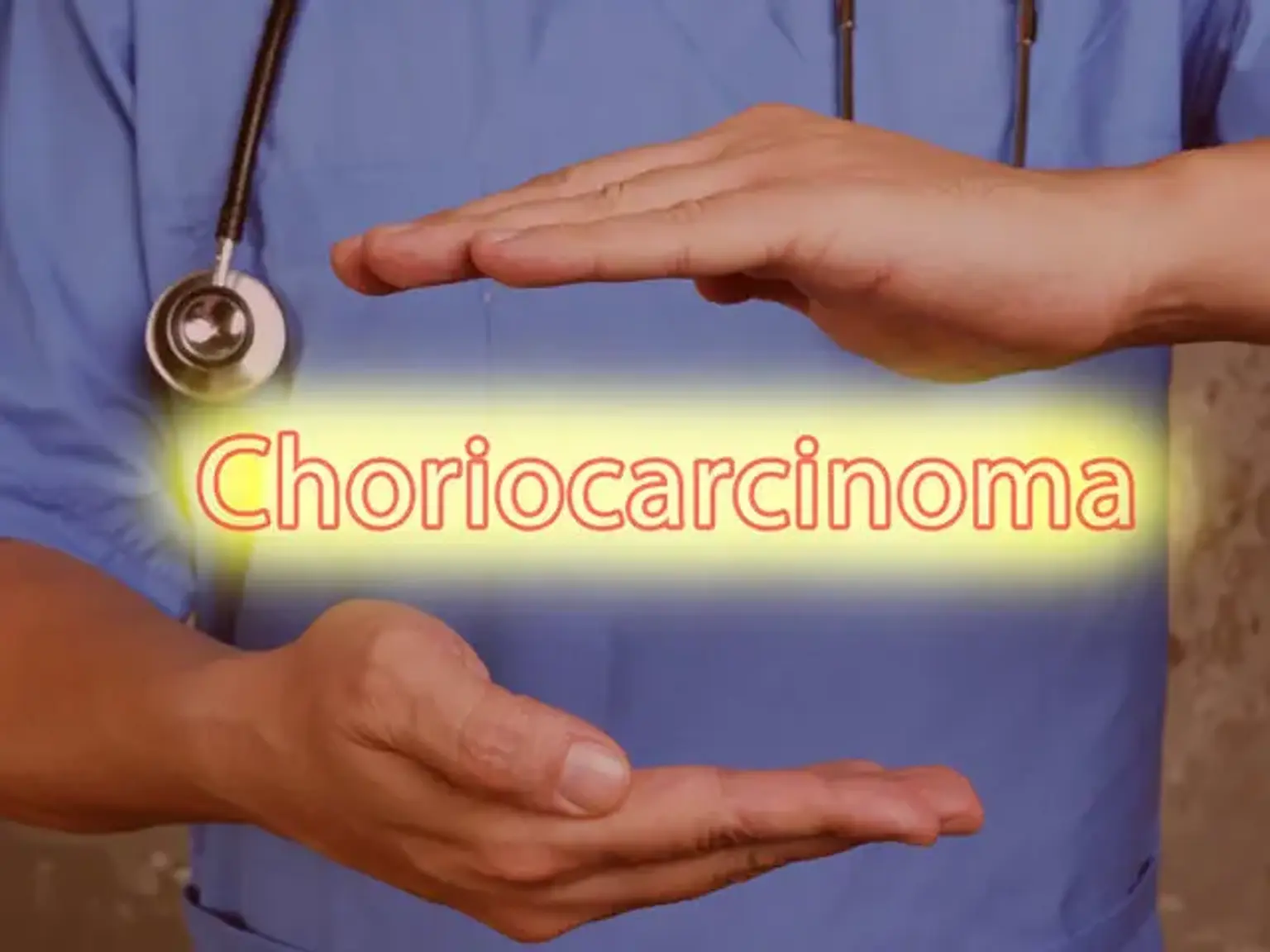Choriocarcinoma
Overview
Hippocrates initially identified gestational trophoblastic disorders approximately 400 BC. Choriocarcinoma is an uncommon and severe tumor that is a subtype of gestational trophoblastic illness. The biological activity and prognosis of the two major choriocarcinoma subtypes, gestational and non-gestational, are significantly different. Choriocarcinoma most commonly affects women, although it can occasionally affect men, generally as part of a mixed germ cell tumor.
